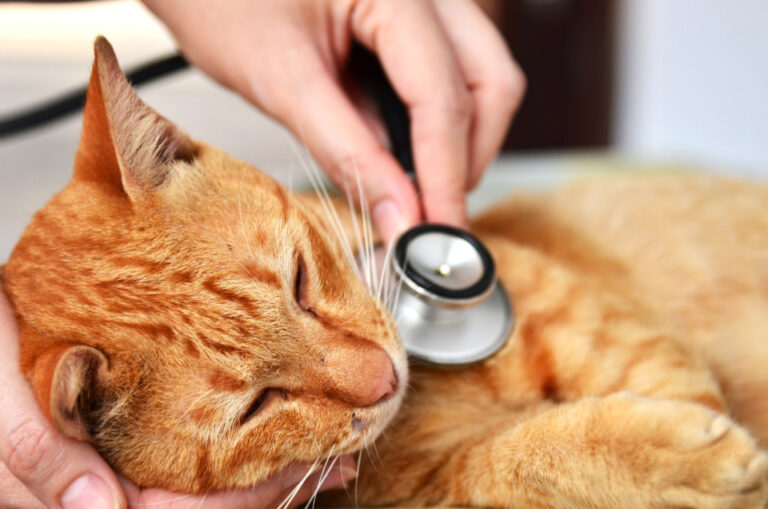Recognizing Signs of a Happy Cat
Introduction:
Cats are often enigmatic creatures, and their emotions can be difficult to decipher. However, there are several telltale signs that indicate a happy and contented feline. If you’re a cat owner, it’s crucial to recognize these signs to ensure your furry friend is thriving. In this comprehensive guide, professional cat breeder [Your Name] shares insights into understanding feline happiness and provides valuable tips for fostering a harmonious bond with your cat.
1. Purring:
Cats are famous for their soothing purrs, often associated with contentment and happiness. Purring is a form of vocal communication that indicates a cat’s overall well-being. When your cat purrs while you pet them, cuddle with them, or provide them with food, it’s a sure sign that they are enjoying the moment.
2. Kneading:
Kneading, also known as “making biscuits,” is a common behavior in cats that evokes feelings of comfort and security. They inherited this behavior from their kittenhood, where kneading stimulated milk flow from their mothers. When your cat kneads on you, a blanket, or another soft surface, it’s a sign of happiness and contentment.
3. Headbutting:
Cats communicate affection and bonding through headbutting, also known as “bunting.” They rub their foreheads against you, furniture, or other objects to transfer scent marks. This behavior is a way for cats to mark their territory and claim ownership over you. If your cat headbutts you, consider it a sign of love and trust.
4. Playfulness:
A playful cat is a happy cat. Cats engage in play to release energy, stimulate their minds, and satisfy their hunting instincts. Whether it’s chasing a ball, batting at a toy, or stalking prey out the window, playful behavior indicates a cat’s positive state of mind.
5. Social Interaction:
Socialization is essential for cat happiness, particularly for breeds like Siamese and Ragdoll, known for their affectionate personalities. Cats that enjoy spending time with their human companions, greeting them at the door, or following them around the house are likely to be happy and content.
6. Grooming:
Cats are meticulous groomers, spending hours licking and cleaning themselves to maintain their fur’s health and hygiene. A well-groomed cat is a happy cat. If your cat is neglecting its grooming routine, it may indicate underlying issues such as stress, illness, or skin problems.
7. Clean Litter Box:
Cats are instinctively clean animals and prefer to use a clean litter box to relieve themselves. A well-maintained litter box is essential for feline happiness. If your cat avoids the litter box, it may be a sign of dissatisfaction with the cleanliness of the box or underlying medical issues.
8. Healthy Appetite:
A cat’s appetite is a good indicator of its overall health and happiness. Cats that eat regularly and consume a balanced diet are generally happy. Sudden changes in appetite, such as decreased or increased food intake, can signal stress, illness, or other problems.
9. Comfortable Sleeping Arrangements:
Cats need a comfortable and safe place to sleep. They often choose cozy spots like cat beds, pillows, or laps to catch some shut-eye. A well-rested cat is a happy cat. If your cat struggles to find a suitable sleeping spot or shows signs of restlessness, it may be time to provide a more comfortable bed or adjust the environment.
10. Absence of Destructive Behavior:
Happy cats are less likely to engage in destructive behaviors such as scratching furniture, chewing on wires, or urinating outside the litter box. These behaviors often stem from stress, boredom, or anxiety. If your cat is exhibiting destructive behavior, it’s important to address the underlying cause to promote happiness.
Conclusion:
Recognizing the signs of a happy cat is crucial for responsible pet ownership. By understanding your cat’s behavior and providing a nurturing environment, you can foster a harmonious bond and ensure your feline companion thrives. Remember, a happy cat is a healthy cat. Regular veterinary check-ups, proper nutrition, and a stimulating environment contribute to your cat’s overall well-being. By paying attention to your cat’s needs and responding appropriately, you can create a happy and fulfilling life for your beloved pet.







